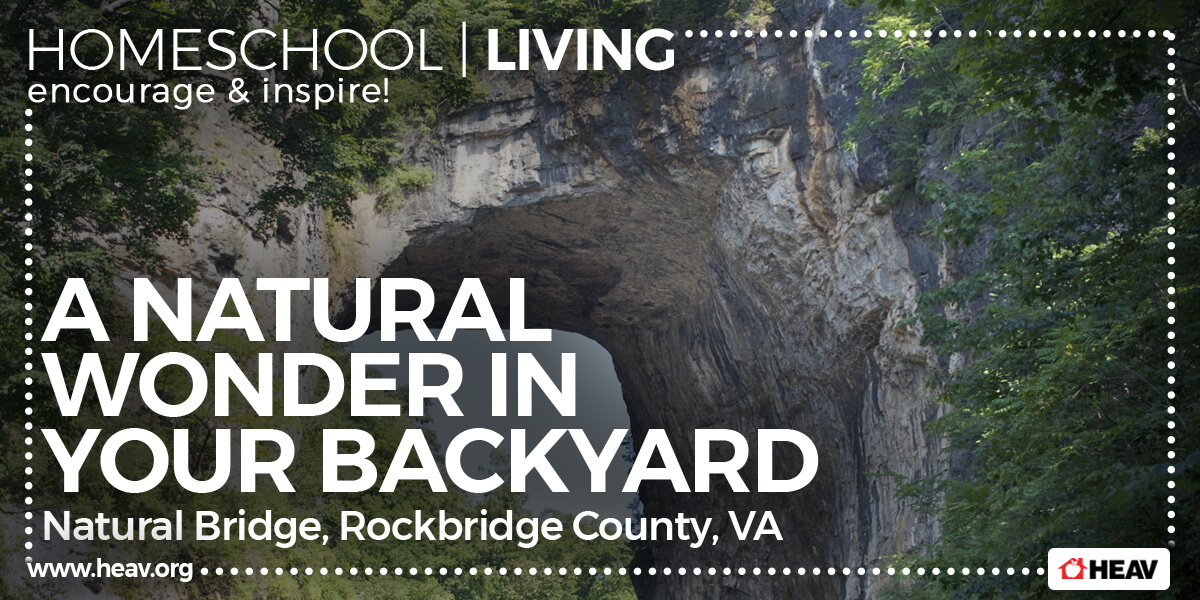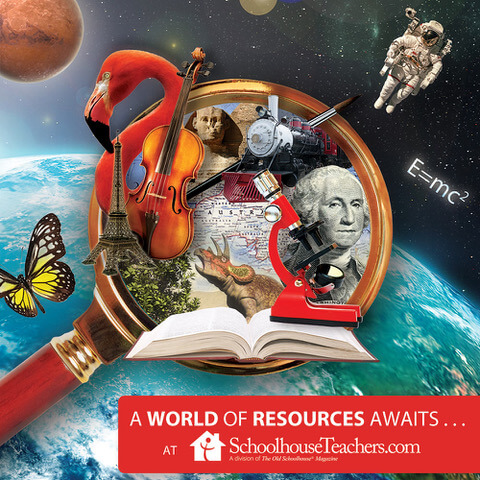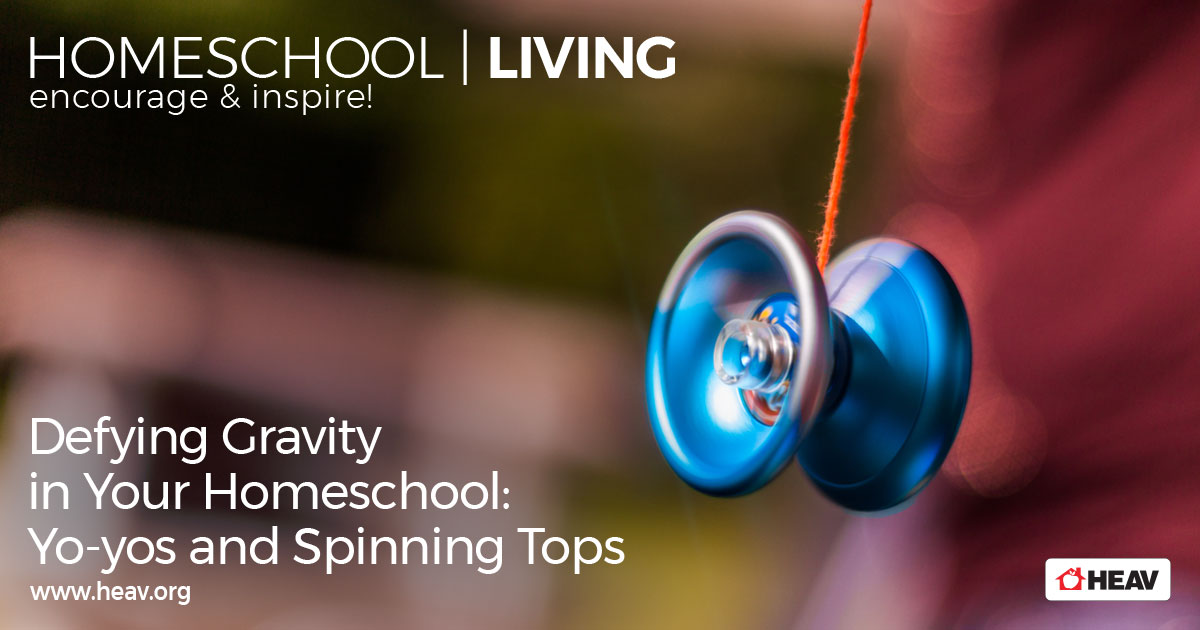Hands-On Geology: A Natural Wonder in Your Backyard
If you’re looking for a fun fall trip to take with your family, consider incorporating a field trip to Natural Bridge into a hands-on geology study. There are so many fun things to do and explore around the area! You can hike the bridge, explore the caverns, and research the Monacan Indian tribe, native to the region. Check out this Homeschool Living for some fun homeschool geology lesson ideas, field trip tips, and more.
Did you know that Thomas Jefferson once owned the Natural Bridge? Learn about the history of Natural Bridge and its formation over time, as well as its development from a natural landmark to a popular tourist attraction.
This erosion science experiment is an excellent hands-on project that will provide a visual for the effects of erosion over time. You can expand the experiment (which focuses on wind erosion) by also using water to carve out tunnels and craters in your sand. Demonstrate the effects of water erosion over time by dripping water slowly but steadily over the sand and dirt structures.
You can explore six miles of hiking trails in Natural Bridge State Park, ranging from easy strolls of less than a mile to more challenging trails covering over five miles. Download the Natural Bridge State Park trail guide (PDF) here.
Another fascinating place to visit is the Natural Bridge Caverns. Explore the Mirror Lake, the Well Room, and the Colossal Dome, all over 30 stories underground. This is an excellent way to check out examples of stalactites, stalagmites, and other naturally occurring rock and mineral formations.
Grow your own stalactites and stalagmites with a few simple jars, salt, and some patience! Be sure to plan for your experiment to take a week or more in order to see the most dramatic results.

Megan Mora Fuentes
Enjoy this article?
For more insightful and encouraging homeschool related articles, homeschool living tips, and homeschool connections, visit our HEAV blog.









